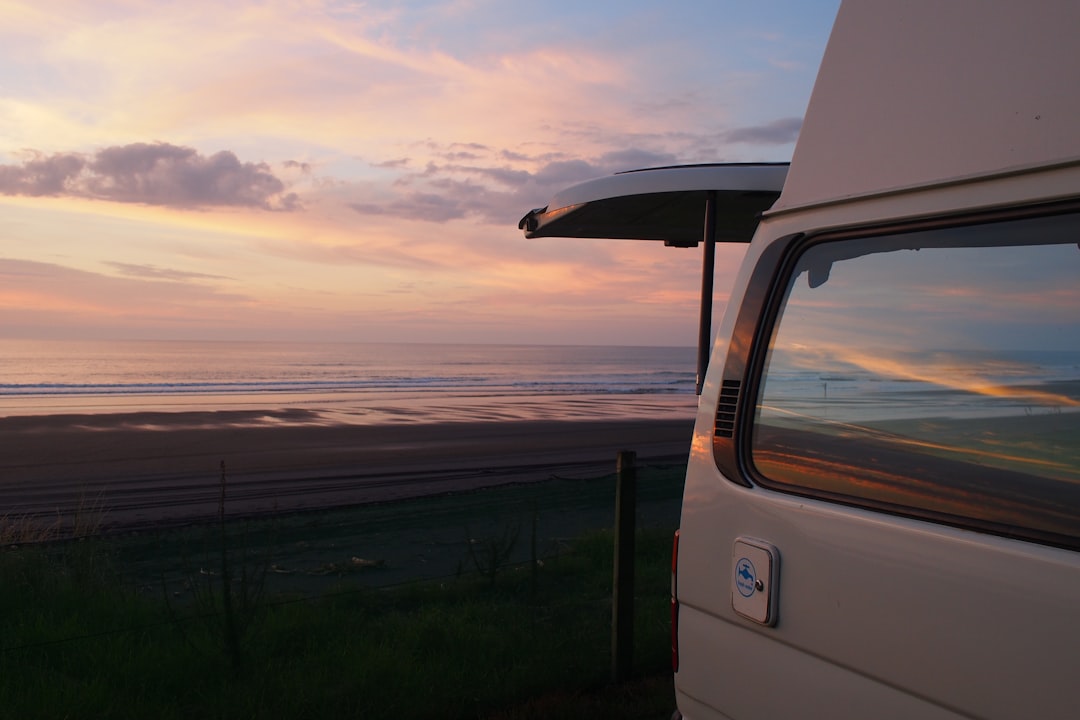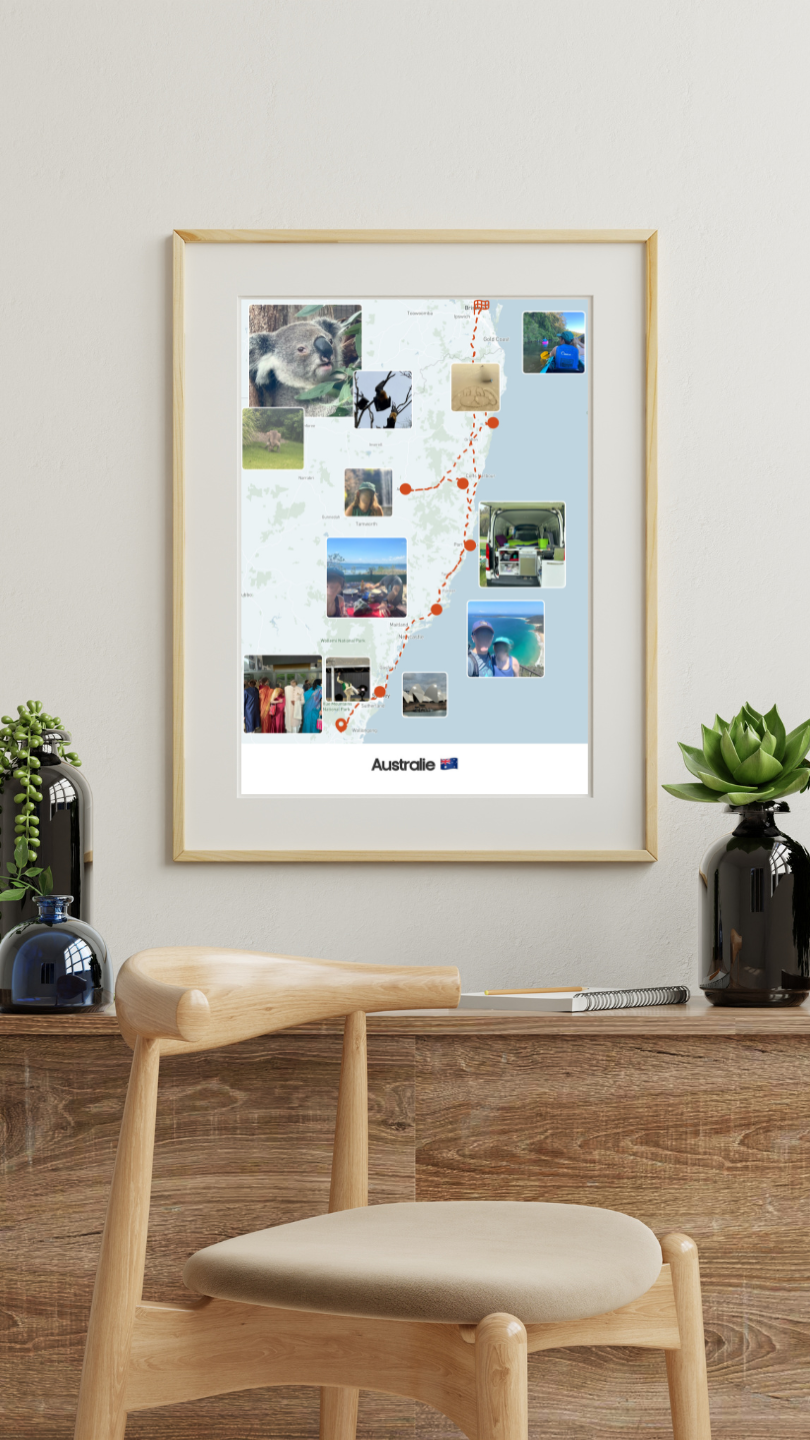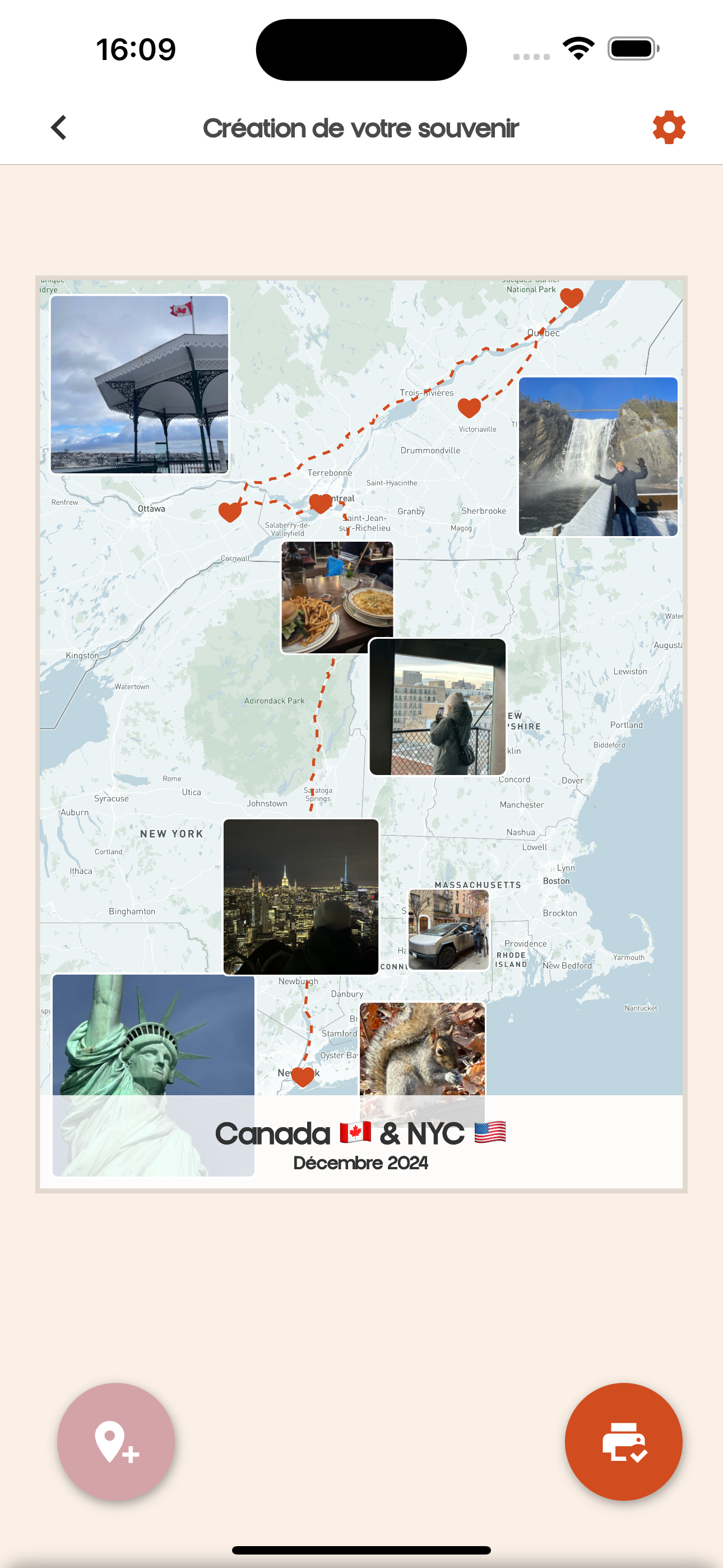Traveling in a converted van has become a popular trend in recent years. For many, it represents freedom, adventure, and the opportunity to explore inaccessible places by car. However, like any form of travel, it comes with its pros and cons. This article delves into the various aspects of traveling in a converted van, accompanied by practical tips for making the most of your adventure. 🚐✨

Introduction - Traveling in a Converted Van: A Unique Experience
Advantages of Traveling in a Converted Van - Why Choose This Adventure?
Traveling in a converted van offers numerous advantages. Here are some key points explaining why this way of traveling attracts so many enthusiasts:
- Freedom of movement: you can change your destination as you wish.
- Savings on accommodation: no need to pay for hotels or hostels.
- Proximity to nature: many vans can be parked in stunning spots.
- Friendliness: perfect for families or friends traveling together.
- Comfort: converted vans are often equipped with modern amenities.
- Flexibility: easily modify your itinerary along the way.
- Unique experience: living in a small space encourages a delightful simplicity.
- Escape from crowds: you can avoid overcrowded tourist spots.
- Work from anywhere: many vans provide a suitable space for remote work.
- Creating unforgettable memories: every van trip is a new adventure. 🌍
Disadvantages of Traveling in a Converted Van - What to Consider
Despite its advantages, traveling in a converted van has some disadvantages that need to be considered:
- Initial cost: buying or renting a converted van can be expensive.
- Maintenance: upkeep costs must be factored in.
- Limited space: living in a small area can be challenging for some.
- Lack of amenities: some vans may not come with all necessary functions.
- Water management: storing water and emptying tanks can be cumbersome.
- Driving: adapting to driving a larger vehicle can be tricky.
- Parking restrictions: this can be complicated in certain urban areas.
- Weather conditions: comfort may be affected by harsh climatic conditions.
- Accessibility: some routes may not be accessible by van.
- Isolation: the feeling of being isolated can sometimes set in during extended trips.
Practical Tips for Traveling in a Converted Van - Succeeding in Your Road Adventure
To maximize your travel experience in a van, here are some practical tips:
- Plan your route, but stay flexible for changes.
- Invest in good equipment: stove, refrigerator, and camping gear.
- Buy road maps to avoid network issues.
- Research parking restrictions and campgrounds.
- Do not overload your van; follow weight limits.
- Develop a cleaning routine to keep your space pleasant.
- Prepare supplies of food and water.
- Connect with other vanlifers to share tips.
- And don’t forget to enjoy every moment, explore and meet new people! ☀️
- Document your journey; it will help you keep wonderful memories.
Conclusion - Traveling in a Converted Van: An Enriching Lifestyle Choice
Traveling in a converted van is a unique and enriching way to explore the world. Although it presents challenges, its advantages make it an increasingly popular choice for adventurers. By preparing and following some practical tips, you can have an unforgettable travel experience. 🌄
FAQ - Traveling in a Converted Van: Advantages, Disadvantages, and Practical Tips
1. What is the average cost of a converted van?
The cost of a converted van can vary significantly depending on several factors, including the model, year, features, and overall condition of the vehicle. On average, a used van can be found between $10,000 and $30,000, while a new model can reach $50,000 or more. It is also important to consider additional costs like insurance, taxes, and regular maintenance. A well-thought-out investment will allow you to fully enjoy the travel experience.
2. Is it possible to live full-time in a converted van?
Living full-time in a converted van is a reality for many people around the world. However, this requires good organization and adequate preparation. Elements such as budget, route choices, and basic services are important to consider. Additionally, the ability to adapt to a small space and embrace a minimalist lifestyle is essential. With the right equipment and effective planning, this adventure can become an exciting and rewarding way of life.
3. What basic equipment is necessary in a converted van?
A converted van should include basic equipment to ensure a comfortable and safe trip. Essentials include a kitchen area with stove and refrigerator, a sleeping arrangement, storage for clothes and food, and a portable toilet or chemical toilet. Depending on your preferences, additional elements like solar panels, hot water, and a television can be added for enhanced comfort and a better travel experience.
4. What are the best destinations for traveling in a van?
Countless destinations are ideal for van travel. Among the most popular, you’ll find national parks like Yellowstone in the U.S., La Mauricie National Park in Canada, or the fjords of Norway. In Europe, countries like Spain, France, and Italy offer breathtaking landscapes and infrastructure for RVs. It’s always advisable to research suitable locations with camper parking areas and facilities for vanlifers in advance. Van journeys can lead to surprising discoveries off the beaten path.
5. When is the best time of year to travel in a van?
The best time to travel in a van largely depends on your desired destination. For Europe and North America, the months from May to September are often the most favored due to favorable weather conditions. However, some may prefer to travel offseason to avoid the crowds and enjoy more affordable rates. The same goes for warmer destinations during the winter months. It is important to consider the weather and local events when planning to maximize your travel experience.
6. How do I choose the right converted van?
Choosing the right converted van will largely depend on your needs and travel style. It’s crucial to consider space, comfort, and integrated features. Also, think about the type of terrain you plan to travel through, as this may influence the choice of a more rugged vehicle or a lightweight model. Be sure to check the vehicle’s mechanical condition as well as comfort elements such as a good mattress and hygiene. Consulting a professional can also help you make the best choice.
7. What dangers or precautions should I take while traveling in a van?
Van travel can pose certain dangers, especially related to road traffic, weather conditions, or a lack of security. Therefore, it’s essential to follow road rules and stay vigilant. Investing in a good security system for the van is a precaution not to be overlooked. Furthermore, it’s advisable not to park in isolated or poorly lit areas. Proper preparation before departure, as well as attention to the itinerary, can also minimize risks while traveling. 🚧
8. Do I need a special license to drive a converted van?
Generally, a standard driver's license (Category B) is sufficient to drive a converted van, as long as the total weight does not exceed 3.5 tons. However, it’s recommended to check local regulations to be sure, especially if you plan to travel abroad. For heavier vans, a specific license may be required. It’s essential to know the rules and requirements to avoid any inconveniences on the road.
9. Can I use roads in national parks with a van?
In many national parks, roads are accessible to vans. However, it’s crucial to inquire about restrictions and park rules before leaving. Some trails may not be suitable for larger or heavier vans. Also, check the regulations regarding parking for RVs and always adhere to the guidelines established by park authorities. This helps preserve nature and makes it easier to coexist among visitors.
10. Why is a good parking location important?
A proper parking location is essential when traveling in a van. Not only does it ensure the security of your vehicle, but it allows you to enjoy your days worry-free. Look for well-equipped campgrounds, rest areas, or even private grounds where parking is permitted. Locations with services such as water, electricity, and sanitation facilities will make your stays easier. A good location also enhances your overall experience, making it more enjoyable and relaxing.






